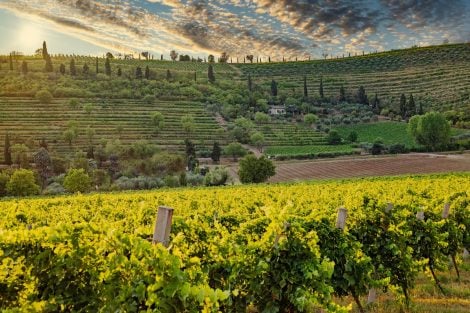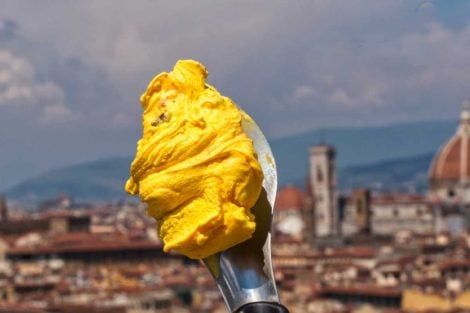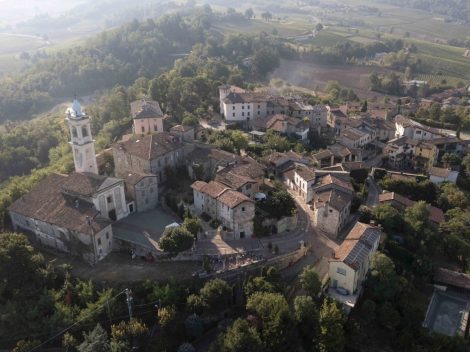Like Chianti Classico, Barolo, and Barbaresco, Soave, Etna, and Conegliano Valdobbiadene (where they are called 'rive'), Prosecco DOC is also preparing to highlight the peculiarities of its vast territory spanning the Veneto and Friuli-Venezia Giulia regions by introducing additional geographical units (UGAs). The extensive district, which produced 615 million bottles in 2023, compared to 638 million in 2022, could soon revise its production regulations, attempting to segment the territory to better showcase and narrate the territorial nuances of this famous and imitated sparkling wine worldwide.
Ambitious project to be approved by 2024
Identifying an additional geographical unit in an area of over 28,000 hectares is a bit like finding a needle in a haystack, but the project is ambitious. For now, four areas seem to have been identified for this revolution, which will have implications for the future of the DOC and a very specific purpose: to improve the qualitative perception of Prosecco, give greater value to productions, increase the elements and contents of the denomination's story in the face of a more demanding consumer both in Italy and abroad.
The topic could find room for discussion at the February shareholders' meeting, along with other innovations under consideration, which involve more information on labels about producers and bottlers of Northeastern sparkling wines. The aim is for final approval by 2024. Alongside Consortium President Stefano Zanette, the Tre Bicchieri magazine attempted to take stock of both 2023, in which, after consecutive years of growth, Prosecco suffered from economic conditions, and the prospects and promotional plans for 2024, including the challenging relationship with Australian 'imitators' and projects on sustainability and research.
Let's start with the latest news: the Consortium could work on a change in regulations. The reason?
From one part of the supply chain, and also from the market, we are asked to segment these over 600 million bottles.
So, introducing additional geographical units is one of the possible paths?
Thanks to the characterization of the territory, we have found that some areas confer recognizable organoleptic and sensory characteristics. Therefore, the Consortium's intention is to enhance them with more restrictive production conditions.
Will there also be room for the small area of the Trieste Karst?
There is a desire to enhance the area of the province of Trieste, with a particular type and traditional production conditions for the area. The experimentation of this wine began between 2019 and 2020, and this year it will be completed with the presentation at the shareholders' meeting.
What other label innovations can consumers expect?
Firstly, we want to introduce the obligation for companies to clearly reference the production in the original area for those with a business name in a municipality outside the Prosecco DOC. This is to allow consumers to distinguish whether that Prosecco belongs to, for example, a private label or not. Secondly, we want to introduce terms that provide information about the subject holding the brand on the label, namely, whether it is part of the production chain and, if so, to which category it belongs: bottler, winemaker, etc.
Looking at bottlings, 2023 was not a year to remember: you surpassed 615 million pieces, but there was a decrease of over 3% from 2022. It's about 20 million fewer bottles. What are the reasons?
Our wine continues to be appreciated and esteemed worldwide: data and market research confirm this without shadows. Unfortunately, the general decrease in purchasing power, determined by geopolitical and economic factors that we all know well, has led to a reduction in consumption occasions and purchases of non-essential products such as wine in supermarkets. In addition, the difficulties that emerged between 2021 and 2022 in shipping logistics, particularly due to the lack of containers, prompted buyers to order more product than needed to avoid being left uncovered. Since 2023, with the restoration of supply times, buyers (primarily in the United States) have started to clear excess production to reduce storage times in their warehouses and, consequently, the import of 2023.

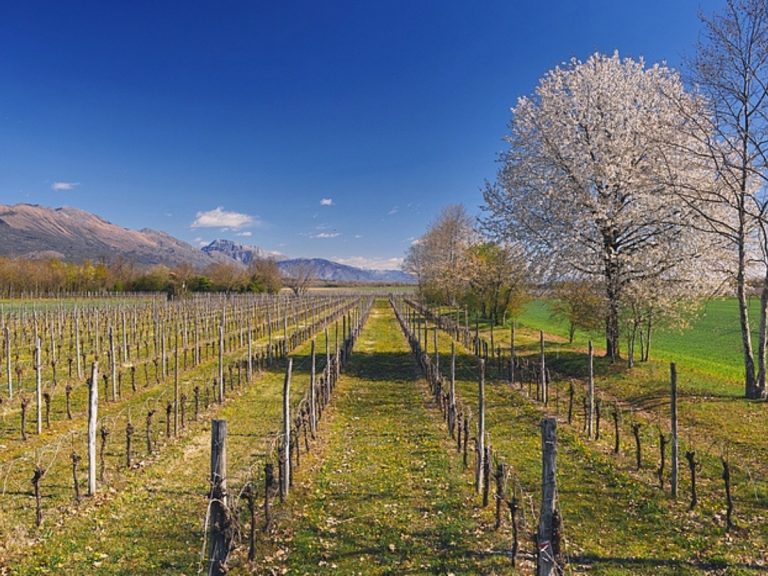
 Wine drives the export of EU-made alcoholic beverages. In 2024, France leads in revenue, Italy follows in second place
Wine drives the export of EU-made alcoholic beverages. In 2024, France leads in revenue, Italy follows in second place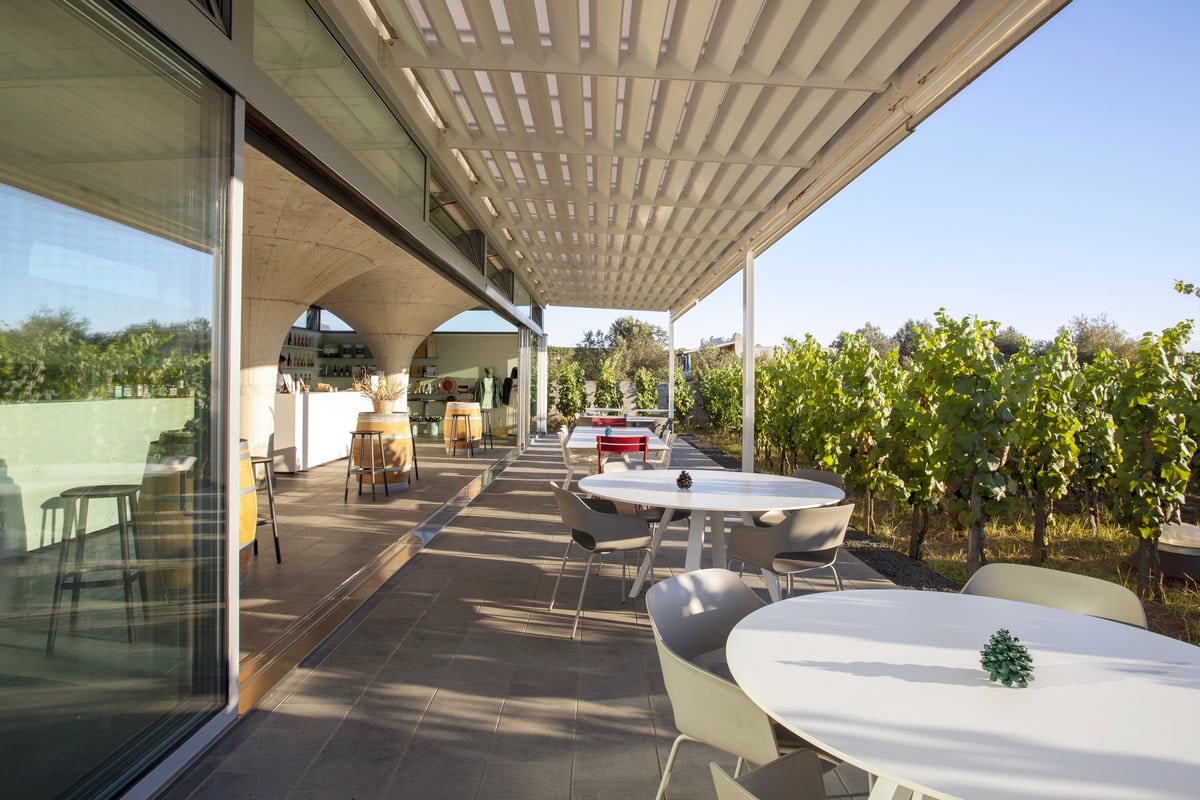 In Lipari, there’s a new seafront bistro built in (or rather above) an underground wine cellar
In Lipari, there’s a new seafront bistro built in (or rather above) an underground wine cellar If young people are drinking less wine, it’s not for health reasons. Low wages are also to "blame"
If young people are drinking less wine, it’s not for health reasons. Low wages are also to "blame" A ramen bar like those found in Tokyo’s underground opens in Turin
A ramen bar like those found in Tokyo’s underground opens in Turin The Conclave begins on 7 May. Here’s where the cardinals eat before choosing the new Pope
The Conclave begins on 7 May. Here’s where the cardinals eat before choosing the new Pope

